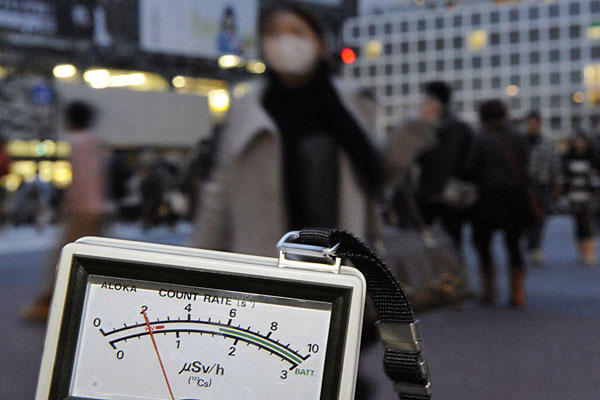World: Iran threatens major waterway in fight against U.S. sanctions
- Closing the Strait of Hormuz is very easy for Iranian naval forces. Iran has comprehensive control over the strategic waterway.
- Iranian Adm. Habibollah Sayyari • Claiming that Iran has the ability to close the Strait of Hormuz, a major waterway that’s extremely important for the distribution of one-sixth of the world’s oil. Sayyari’s threats come as Iran worries that the U.S. and its allies will start to sanction Iran’s all-important oil supply out of frustration with the country’s controversial nuclear program. Congress recently passed a bill to sanction the country’s central bank, which Obama plans to sign despite having misgivings about the effects it might have. As tensions continue to rise over Iran’s nuclear program, could military action become an option for the U.S.? source

